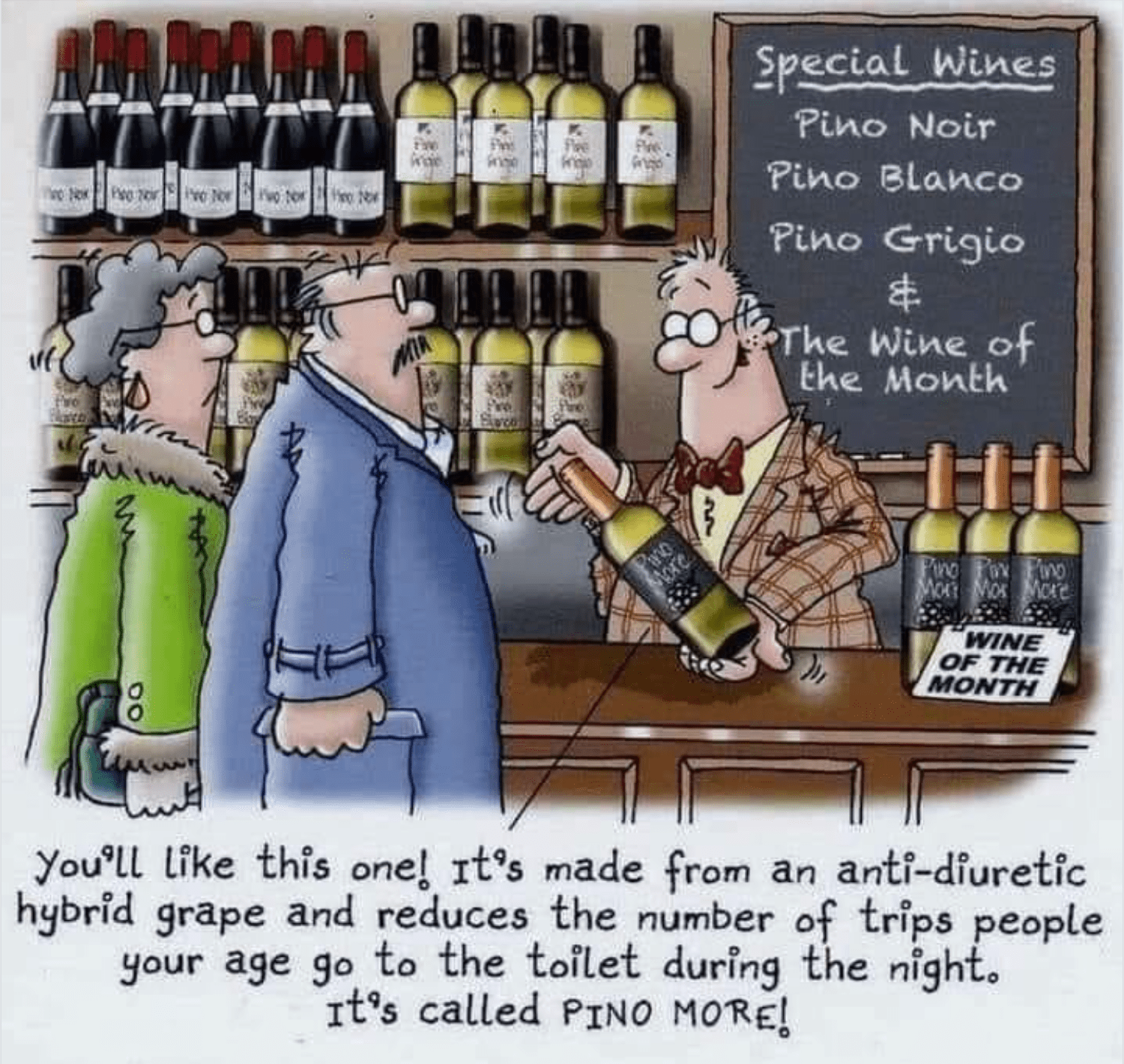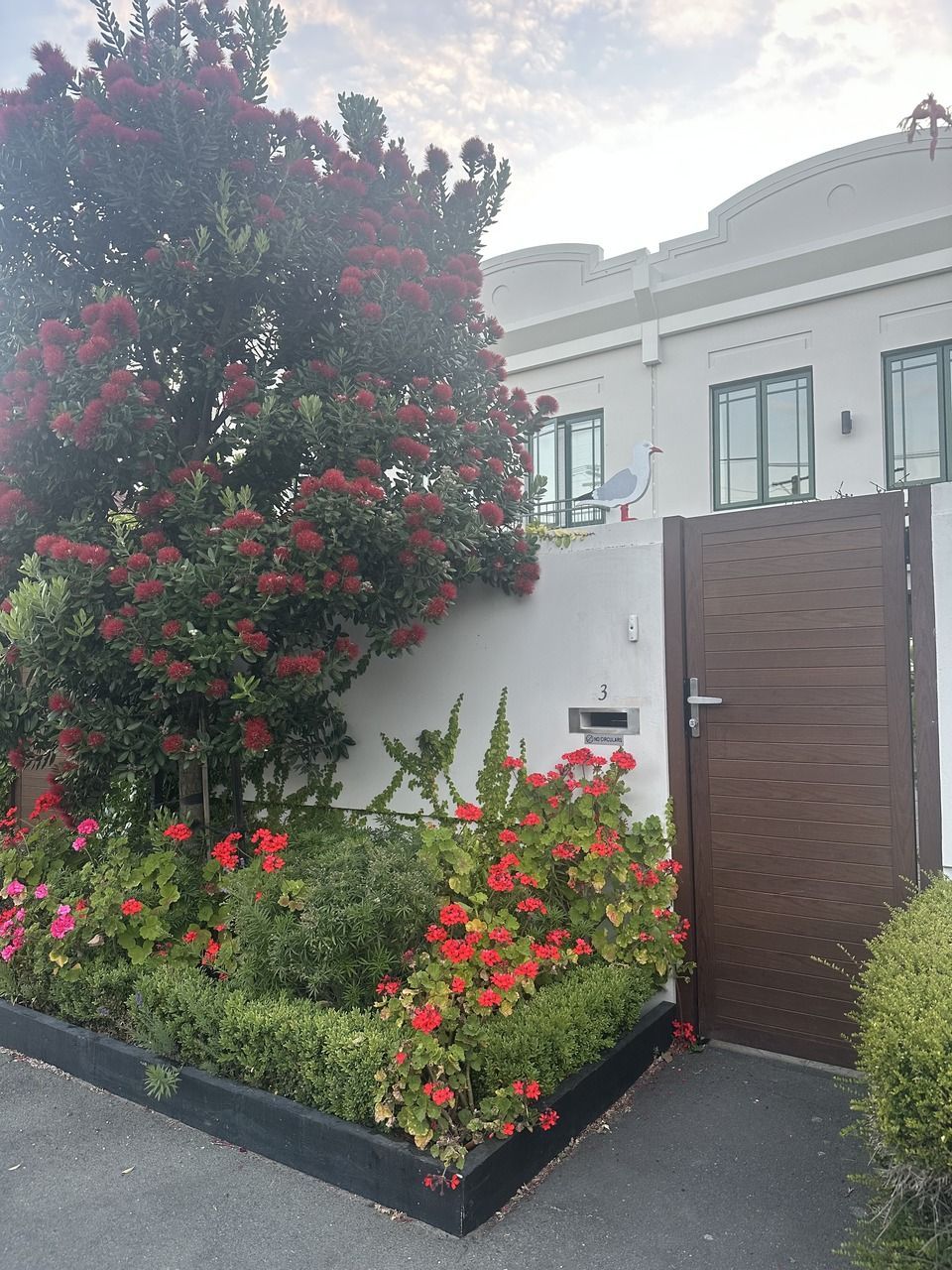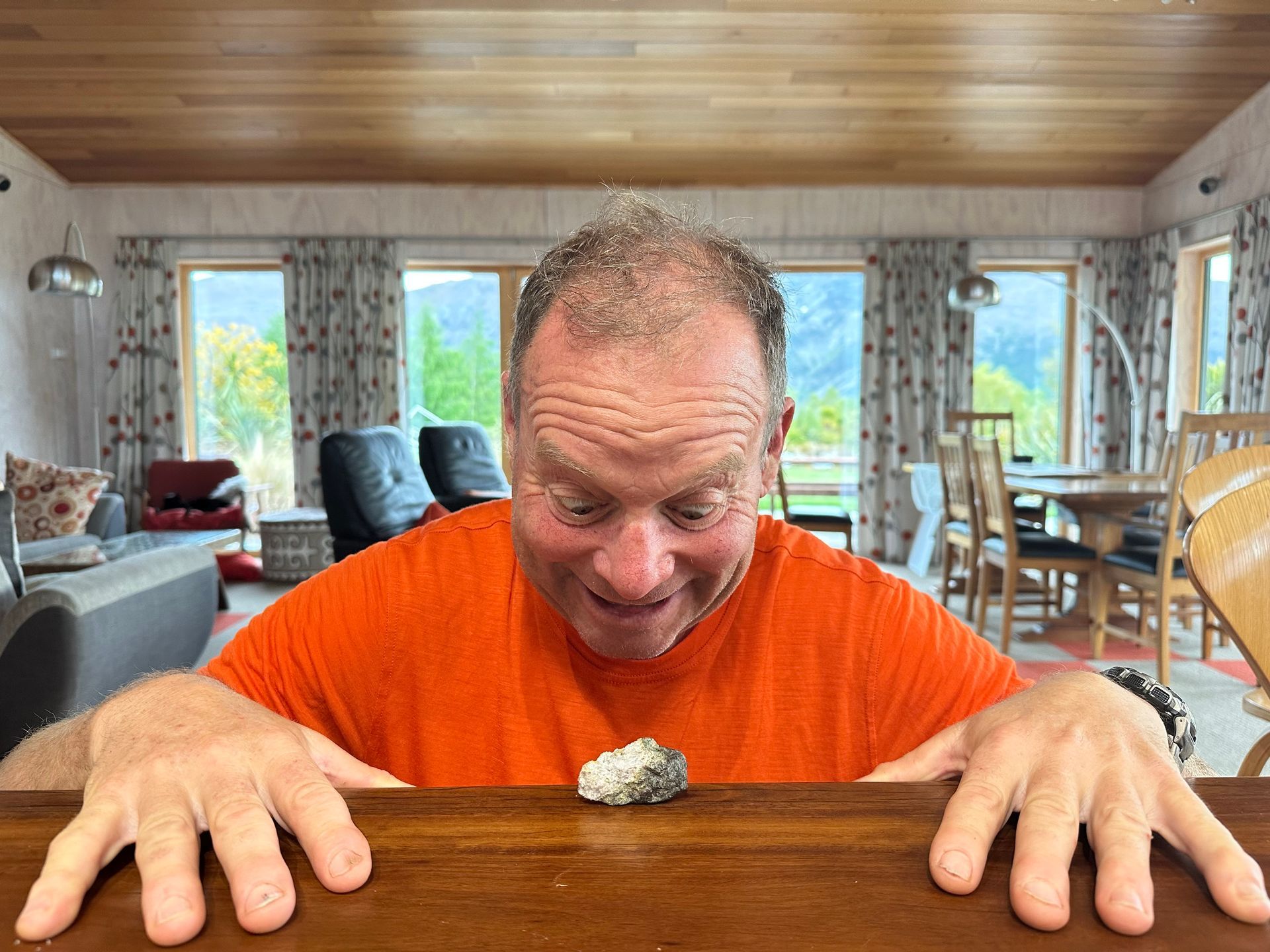The unlucky country (not us)

Back in May 2020 I wrote about the lucky country, which is a nickname that was given to Australia in the 1960s. In May 2020, it seemed like both New Zealand and Australia were lucky countries, as both had zero to two new COVID cases a day following on from successful hard lockdowns. At the time I also noted the severity of the New Zealand-style lockdown disappeared off the top of the chart comparing lockdowns in different countries. Today, New Zealand is currently holding at number 4 in the lockdown stringency index (behind Palestine, Venezuela and Sri Lanka).
A friend was questioning lockdown stringency in Auckland. She has a partially renovated house that she can’t live in. She wonders why the tradespeople can’t come in one at a time in Level 4 to return the house to liveable. She thinks that some ‘better’ sort of lockdown should have been invented over the past year. I can see why it would be really annoying not to be able to occupy one’s house. But I can also see why our government wants to have lockdowns as hard and simple as possible. Hard and simple is easy to follow and enforce. We have the unenviable comparison of what has happened in New South Wales, with their starting gate being a soft lockdown.
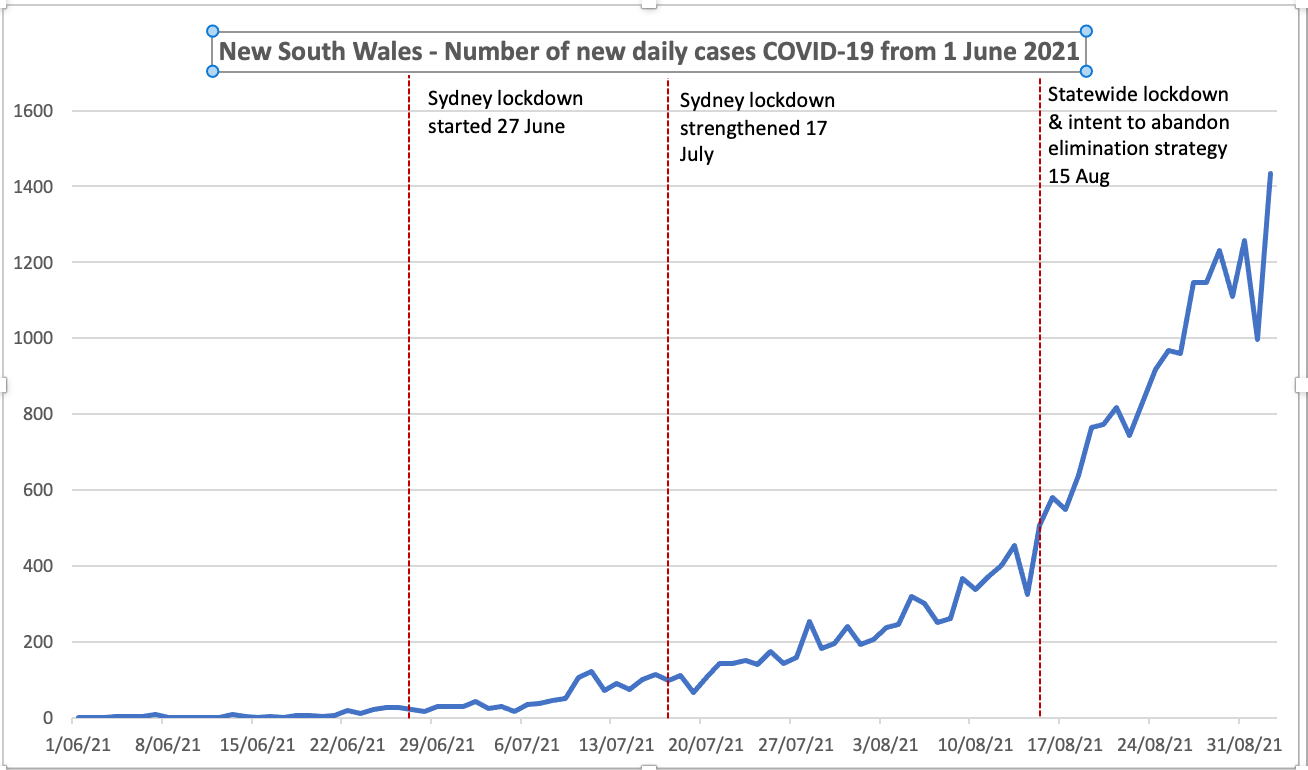
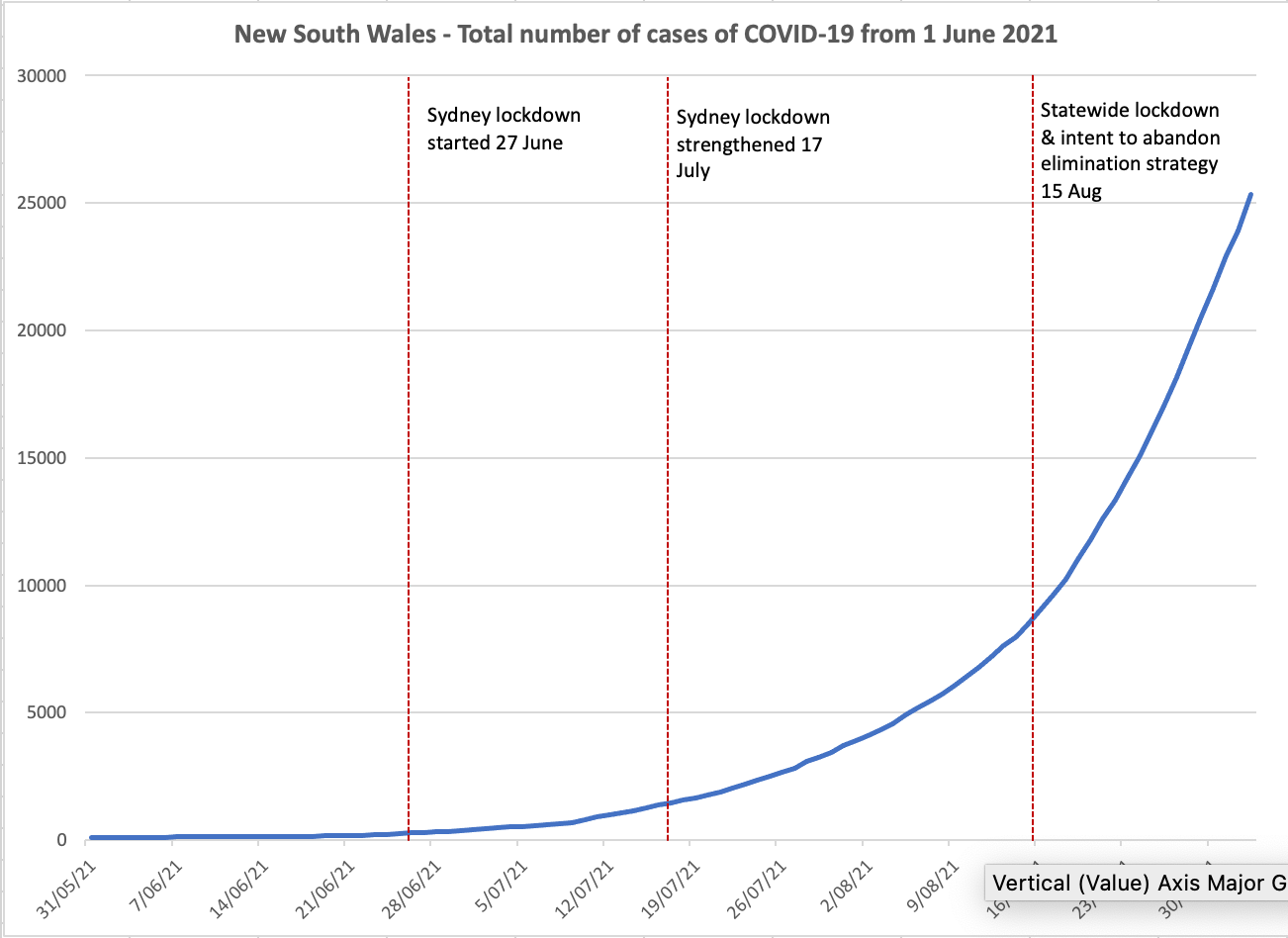
New South Wales’ total case curve is a beautiful thing, if you like logarithmic curves. However, if you don’t like COVID-19 the curve isn’t beautiful at all. New South Wales had COVID cases popping up constantly, so it wasn’t as easy for them to pick when to start a lockdown as in Auckland. Therefore they didn’t lock down till they had 22 community cases, 5 days after the daily case numbers went into the teens for the first time in many months. Sydney was the infection hotspot so they got to lock down, but their initial lockdown was relatively loose. Daily case numbers joggled along in the 20-50 range for two weeks. Then they leapt up to over 100, and haven’t looked back. Sydney locked down harder, a week after the rise in numbers, but it was too late. By early August the State Premier said things were out of control and by mid August stated publicly that New South Wales would continue lockdowns only to mitigate impact on the health system, until vaccination levels are sufficiently high to mitigate impact. Victoria is headed down the same track, having given up on the elimination strategy this week.
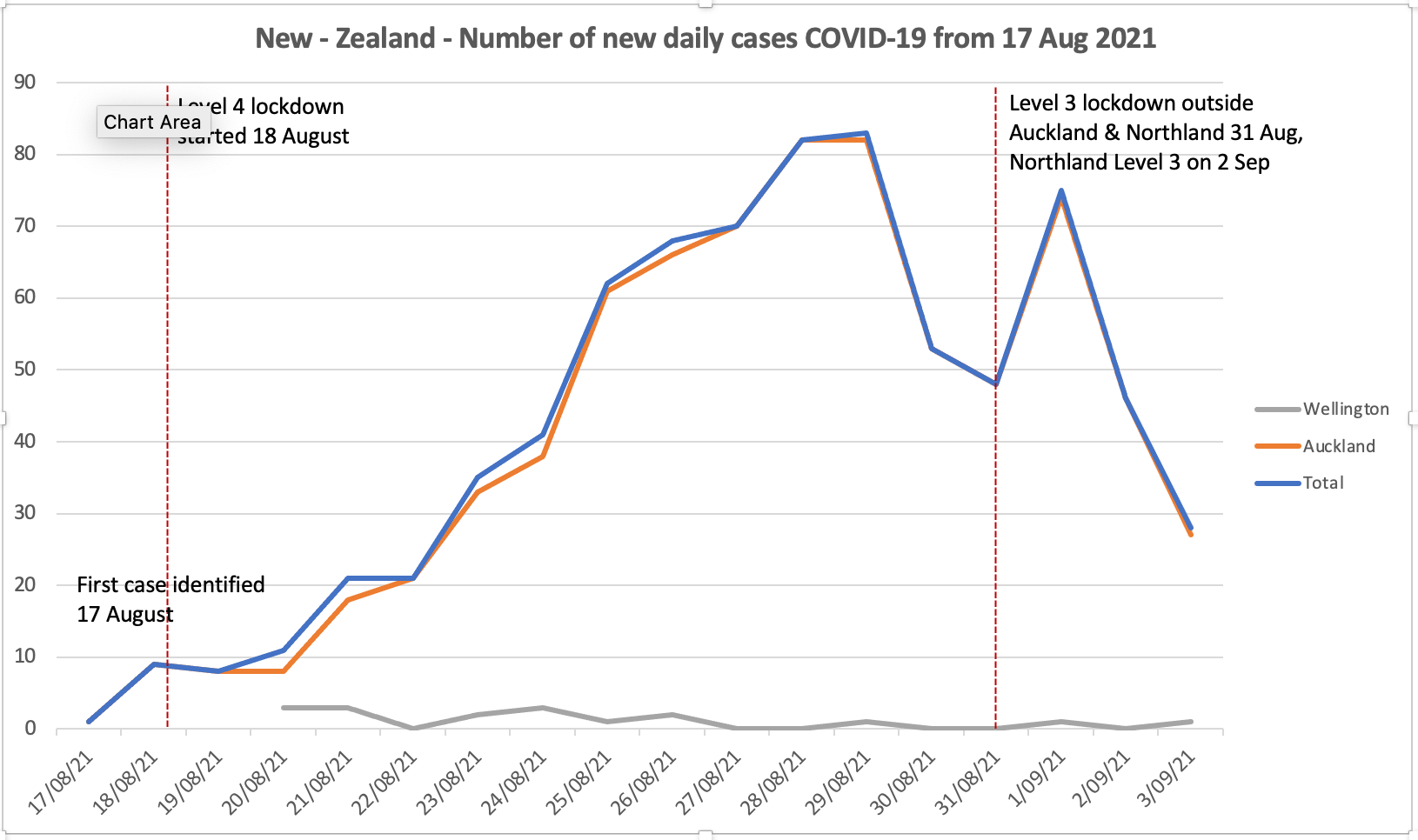
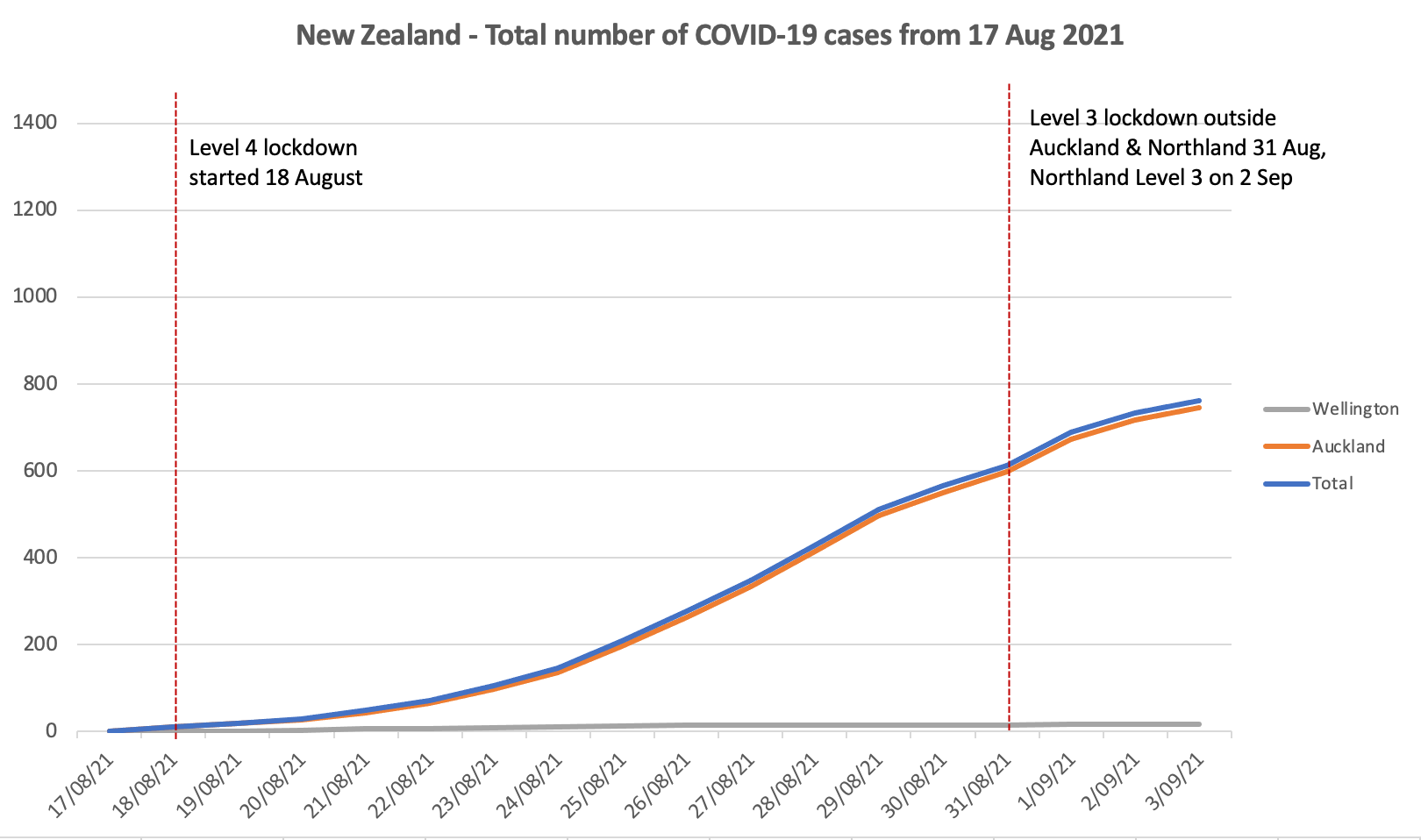
In contrast to Australia, it looks like New Zealand’s hard lockdown has worked in reducing case numbers. However, we are not in the clear yet. Every day there are still a few (generally fewer than 10) people who have been out in the community while infectious. These people are out for genuine reasons – supermarket shopping, going to the chemist, essential workers, all before they became symptomatic. We don’t want any more people out there, because all it takes is one infectious person spreading COVID to a whole lot of other people – this lockdown started with ONE case.
How do things compare with last year in New Zealand?
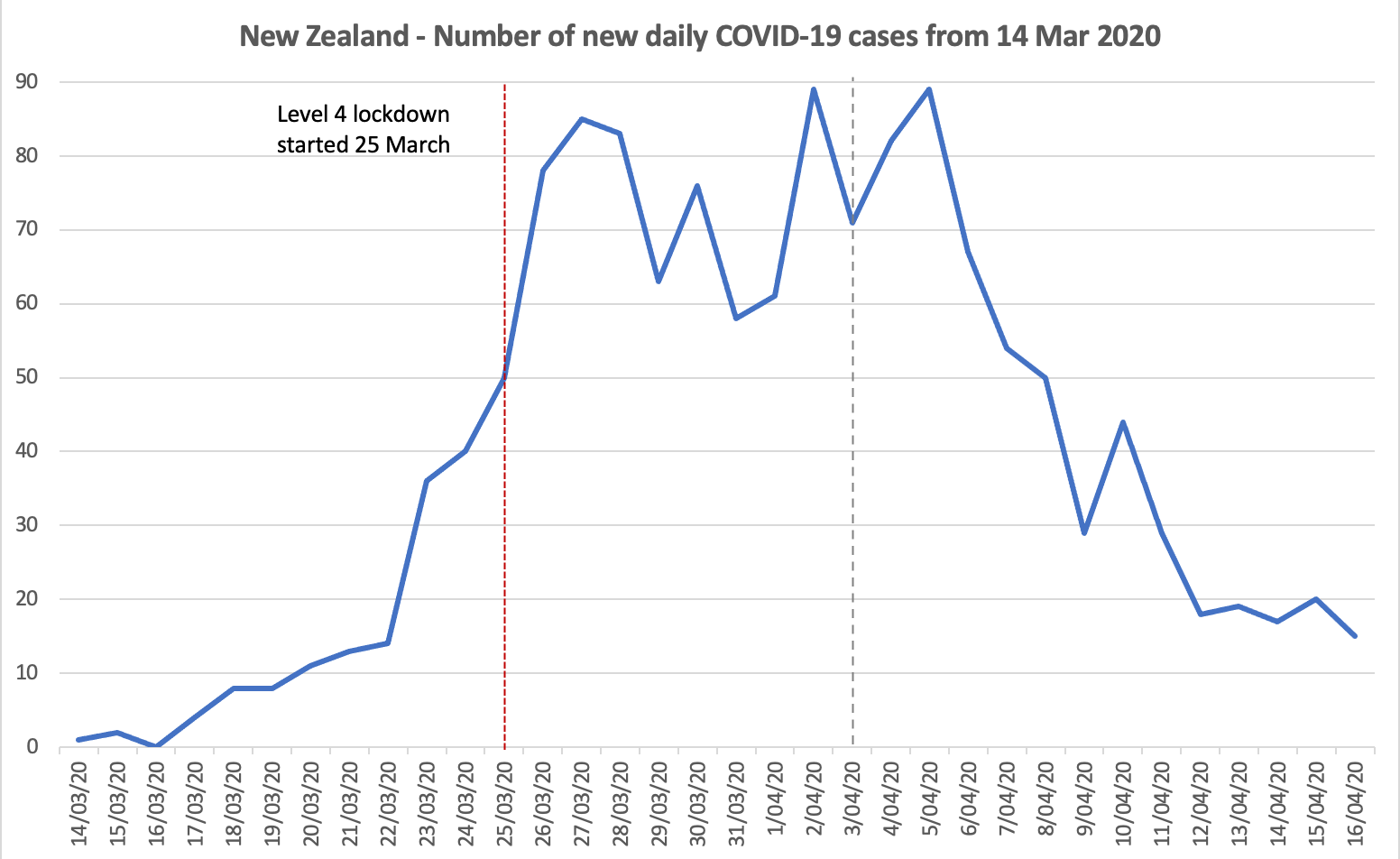
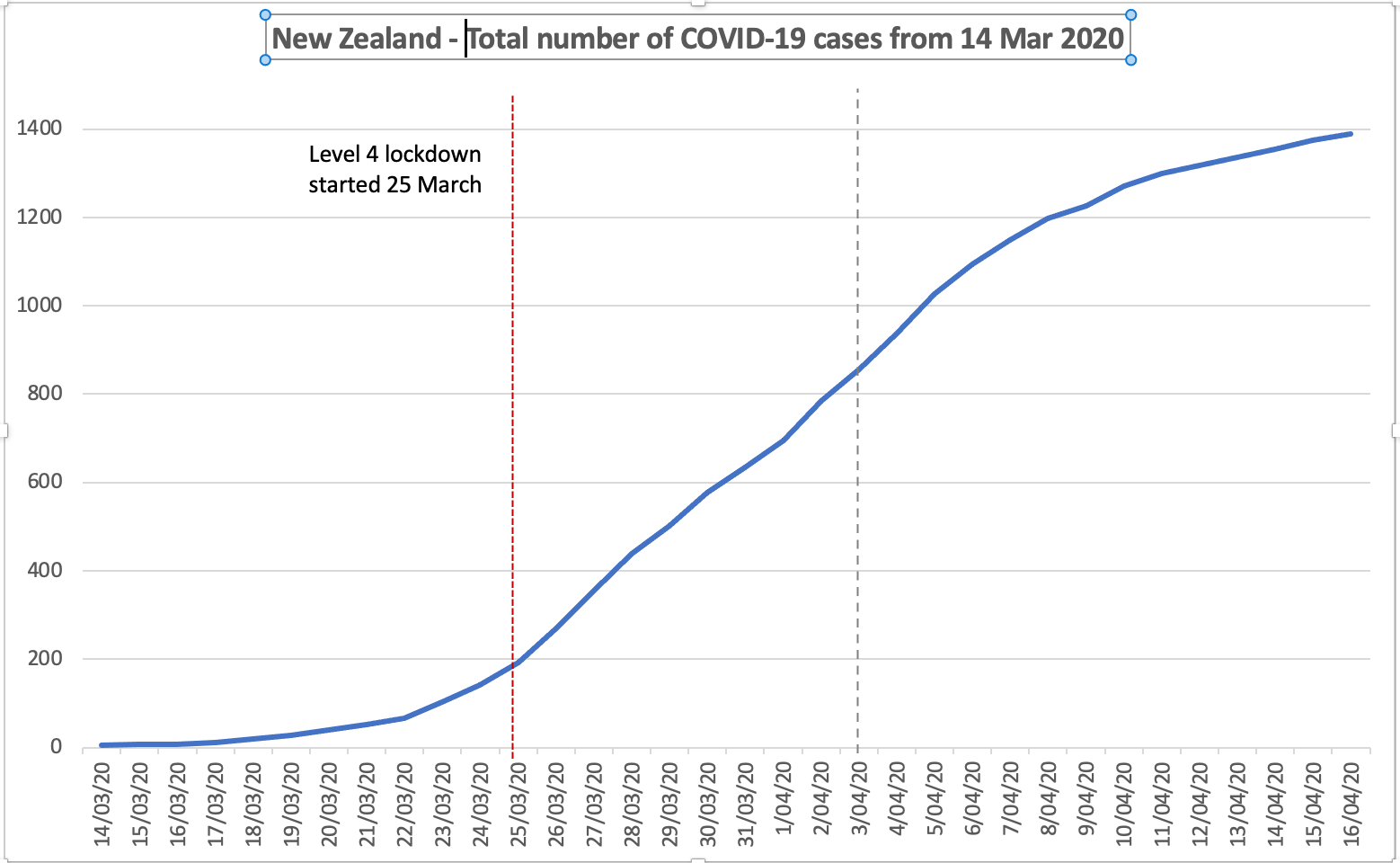
The dashed line on the graphs is at the same number of days since the outbreak started in an approximate sense, since I had to pick an arbitrary start point for 2020, which was the day after which daily case numbers never fell below 0. It looks like we are currently in the ‘wiggly’ part of the graph parallel to last year, where case numbers jump up and down before, we hope, declining. We have reached just under 700 people infected this year, where at the same time last year we had over 800. However last year’s outbreak was from multiple infectious people who had entered the country, while this outbreak is from a single source, identified very early. It is easy to see how much more infectious the delta variant is – one case spawning nearly as many infections in the same time period as several cases last year.
My friend said that the government should have come up with a ‘better’ way of locking down over the last year. The problem is, there is no ‘better’ lockdown than an absolute lockdown in terms of virus control. Every human movement has an associated risk of spread. We are way better off than in plagues of medieval times because we have a vaccine to help us. However, in terms of how to implement reduction of infection outside of a vaccine, stopping people contacting each other remains the very best method.
